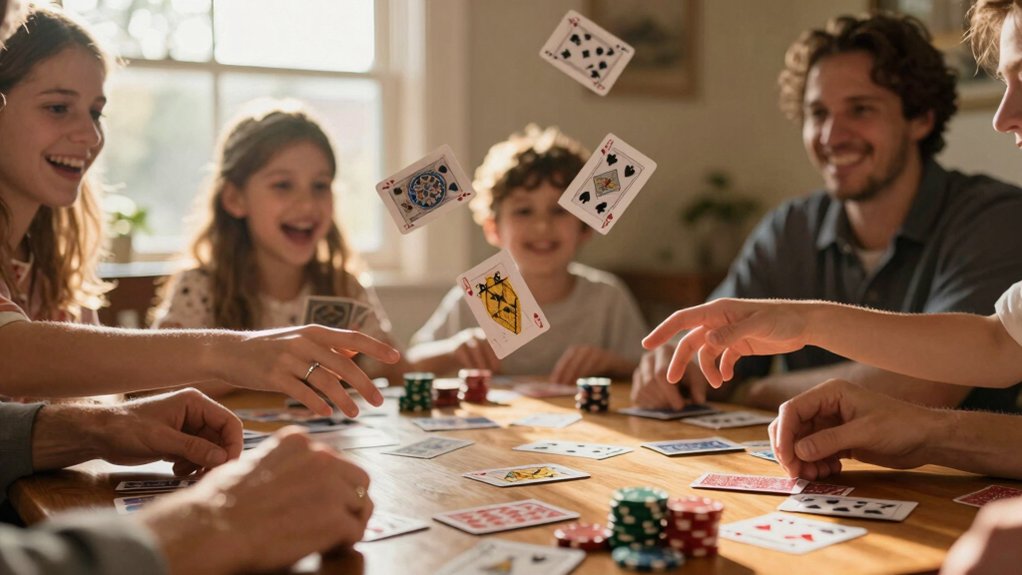Are you thinking of organizing a group cooking class?
There are many costs involved, including food, equipment, instructor fees, and venue fees.
Don’t forget about other expenses too!

Learn more about the costs of organizing a group cooking class so you can plan accordingly and budget effectively.
Cost of Food
What’s the cost of the food for a group cooking class?
Meal planning is essential when it comes to organizing a successful cooking class, so take into account the types of dishes you want to make and the ingredients you’ll need.
You’ll also need to factor in the number of participants, as this will affect the amount of food you’ll need.
You’ll likely need to go food shopping to buy the ingredients, so be sure to include the cost of this in your budget. Consider buying in bulk to save money, or look out for special offers.
If you’re going to a specialized store, be sure to factor in transportation costs.
When it comes to the cost of the food, it’s important to factor in any additional fees, such as taxes and delivery costs, so you have an accurate estimate.
Ultimately, it’s up to you to decide on the budget you have available, but it’s important to be realistic when it comes to the cost of the food.
Cost of Equipment
Aside from the cost of food, you’ll also need to factor in the cost of equipment for your group cooking class. This includes everything from knives and cutting boards to pots and pans, as well as any utensils or appliances you might need.
All of these items can add up quickly, so it’s important to shop around for the best deals. You could also consider borrowing or renting equipment to reduce costs.
Don’t forget to factor in the cost of ingredients too, as this will add to your overall shopping costs. When deciding on what equipment to buy or borrow, make a list of the items you’ll need for the class and determine the most cost-effective options available.
Additionally, you’ll want to make sure your equipment is in good condition and safe to use. By taking the time to shop around and consider all your options, you can ensure that you’re getting the best value for your money.
Instructor Fees

No matter the size of your group cooking class, you’ll need to factor in the cost of an instructor’s fees. This cost may vary depending on the instructor’s experience, the type of preparing meals they’re teaching, and their knowledge of different culinary techniques. Generally, the cost of an instructor’s fees can range anywhere from $25 to $100 per hour.
If you’re looking for a more experienced instructor, you may have to pay more. Instructors with years of experience may charge up to $200 an hour, while some may even charge an additional fee for food and beverages. If you have a larger group, the instructor may also charge an additional fee to cover the cost of additional equipment.
If you’re looking for a more affordable option, you may want to consider hiring an amateur instructor. This option will be more cost-effective, but may not be as experienced. It’s important to ask the instructor about their experience, and make sure they’ve the necessary qualifications to teach culinary techniques.
When budgeting for an instructor, you may also need to take into account additional costs such as travel fees for the instructor. Make sure to discuss this with the instructor ahead of time, and factor these costs into the overall budget.
Venue Fees
In addition to the instructor fees, you’ll also need to consider the cost of the venue when organizing a group cooking class. Depending on the size of the group, some venues may require a rental fee to accommodate the guests. Other venues may be free, but you may need to bring your own kitchen equipment and supplies.
When it comes to venues, here are a few things to consider:
- Buying Ingredients: Depending on the recipe selection, you may need to buy specific ingredients for the class. Be sure to factor this cost into the budget.
- Space Requirements: Make sure the space is large enough to accommodate the group size and any kitchen equipment you may need.
- Kitchen Equipment: Most venues will provide basic kitchen appliances and utensils, but you may need to bring special items for the class. Consider the cost of renting or buying any extra items.
Other Expenses

Besides the cost of the venue and ingredients, you’ll also need to consider other expenses when organizing a group cooking class. Advertising costs can quickly add up, from printing out flyers to running ads online. If you’re planning to have some kind of promotion, such as gifts or discounts, you’ll also need to factor in those costs.
Marketing costs can include the cost of a graphic designer to create promotional materials, or the cost of hiring a photographer. Don’t forget about the cost of printing out flyers or other promotional materials.
You may also need to pay for the cost of hiring someone to help with the cooking class, such as an assistant or a sous chef. And depending on your venue, you may need to pay for additional supplies, such as utensils, cookware, or place settings.
Frequently Asked Questions
How Many People Can Attend the Class?
When planning logistics and budgeting costs, the number of people attending the class can vary. Consider your budget and the size of the space to determine how many can join.
What Is the Minimum Age Requirement for Participants?
You must be 18 or older to participate and have basic food safety and culinary skills.
Is There a Cancellation Policy?
Yes, there is a cancellation policy. Equipment rental and menu costs may be non-refundable, so it’s important to read the cancellation policy carefully before signing up.
How Long Is the Class?
Planning a group cooking class typically requires a timeline of a few weeks to gather necessary equipment. How long the class is depends on your needs.
What Type of Cuisine Will Be Taught?
Deciding what type of cuisine to teach is an important step in ordering ingredients and menu planning. What type of cuisine would you like to learn?
Conclusion
Organizing a group cooking class can be a great way to bring people together. However, it’s important to be aware of the various costs involved. From the cost of food and equipment to instructor fees and venue fees, there are multiple financial considerations to take into account before you get started.
With careful planning and budgeting, you can make sure your group cooking class is a success!




Leave a Reply